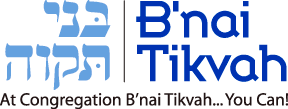After the call to prayer (barchu), the prayer about creation, and the prayer about revelation, comes the Shema, which opens with the famous phrase: “Hear O Israel, the Lord our G-d, the Lord is One.”
There is an intense debate in Jewish sources about whether the recitation of prayers in general requires kavannah, conscious intentionality. Some say yes—but the idea of remaining focused for hours on end is really problematic. Others say no—but then what good is a prayer that you mumble through without really thinking?
As far as the Shma is concerned, though, virtually all agree that it requires kavannah. Even to the point that if you say it without kavannah, you should pause for a moment, refocus, and say it again! Why? Because Shma serves as a proclamation—an acceptance of “the yoke of the kingdom of heaven.”
This is something that should give us pause—literally. It’s why we put our hand over our eyes before reciting the words—so that we can really concentrate without distraction. The Shma is not merely “the watchword of the faith” as it has been called, or “a declaration of G-d’s Oneness”—which I’ll talk about next time.
The Shma is a drama of commitment. And to truly commit, you have to be truly present. Maybe not all the time, but this time for sure.
Rabbi Robert L. Wolkoff
You can’t be mealy-mouthed and half-hearted saying the prayers. A little with kavvanah is better than a lot without. One minute where you really mean what you say is better than a million mumbled words!
Maggid Yitzhak Buxbaum
